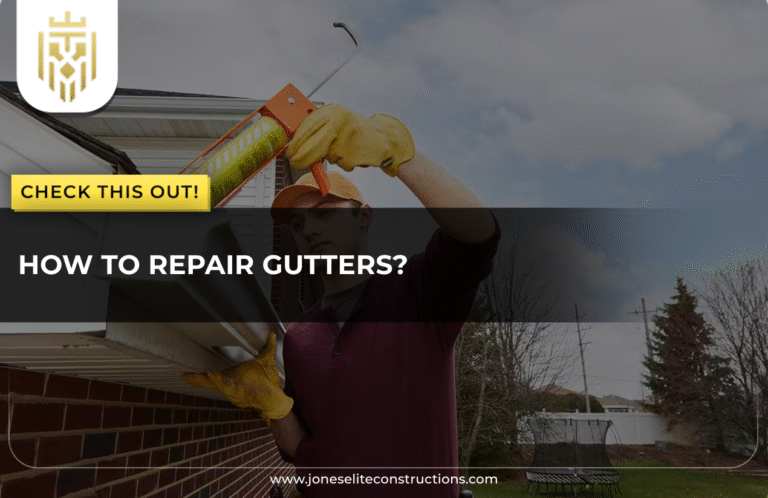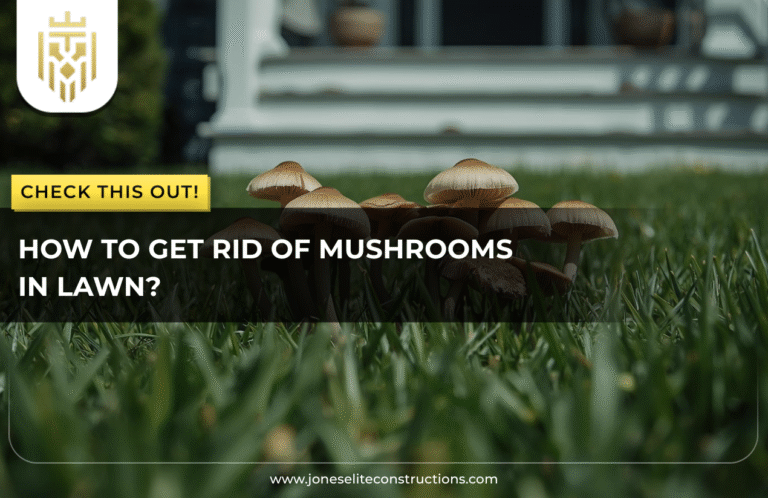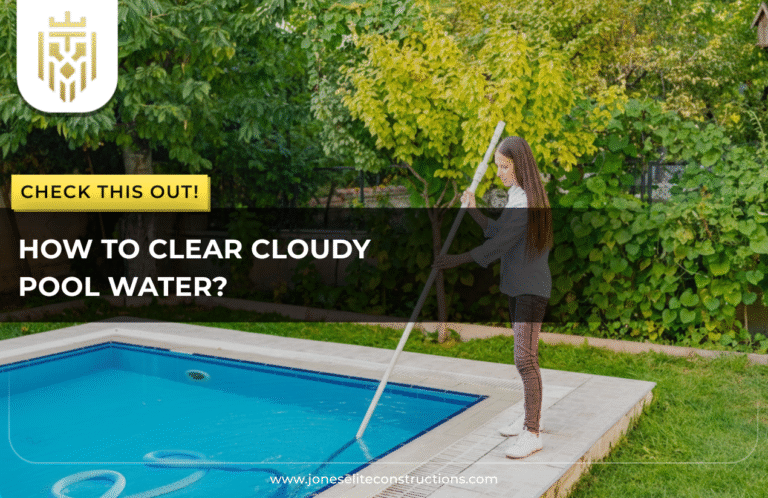What is Pool Shocking?
Shocking a pool is the act of adding more than the usual amount of chlorine or oxidizing chemicals to the pool water. This is done in order to combat certain contaminants that are unable to be dealt with by the usual maintenance chemicals. It also helps to deal with organic matter, bacteria, and algae that may have been growing, ensuring that the water is once again clean and clear. It is also useful in preventing the formation of strong smells, keeping the pool hygienic and enjoyable for swimmers.
Types of Pool Shock
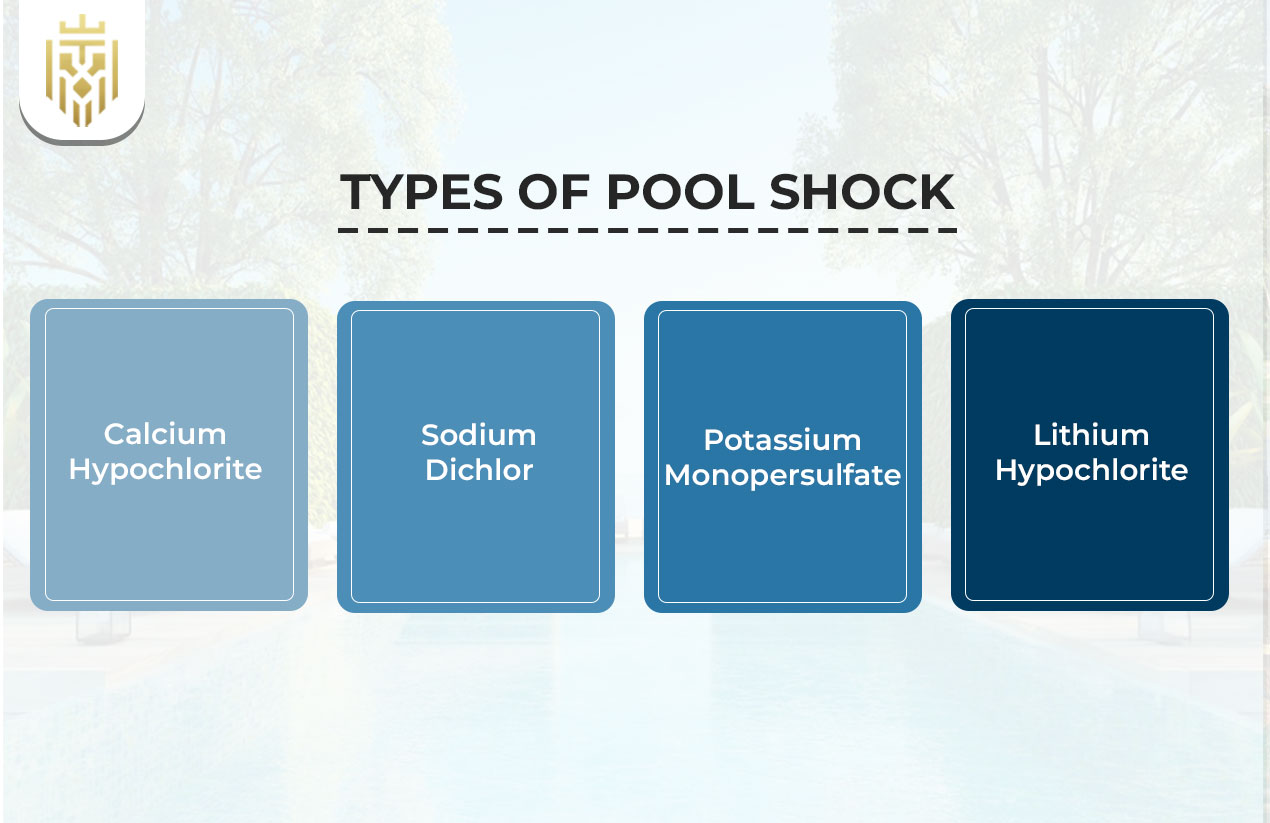
Not all pool shock treatments are the same, and the right choice depends on your pool type, water condition, and maintenance routine. Here are the main types of pool shock commonly used by homeowners.
Calcium Hypochlorite
More commonly referred to as Cal-hypo, this is one of the most frequently used and affordable types of pool shock. You’ll get the best results if you use it at night since sunlight decreases its potency. Even though Cal-hypo kills bacteria effectively, it works fast. One downside to Cal-hypo is that it increases calcium in the water, so it’s unsuitable for pools that already have hardness problems.
Sodium Dichlor
Sodium dichlor is easier on the pool surfaces and also dissolves quickly, making it ideal for frequent use. It has stabilizers that prevent chlorine from breaking down swiftly, a feature that is useful for outdoor pools. Also, because it does not increase calcium levels, it is a better choice in regions with hard water.
Potassium Monopersulfate
Potassium monopersulfate is a non-chlorine shock that removes waste for oxidation and doesn’t increase chlorine levels. It’s perfect if you wish to take a swim shortly after the shocking process since no waiting is required. This kind of shock is very effective in dealing with organic matter like sweat, oils, and even lotions that swimmers bring into the pool.
Lithium Hypochlorite
Lithium hypochlorite dissolves quickly and doesn’t add calcium to the water, making it a good option for pools prone to calcium buildup. Though more expensive, it is easy to use and effective against algae and bacteria. Because it dissolves instantly, it reduces the risk of staining or damage to pool surfaces.
How to Shock a Pool?
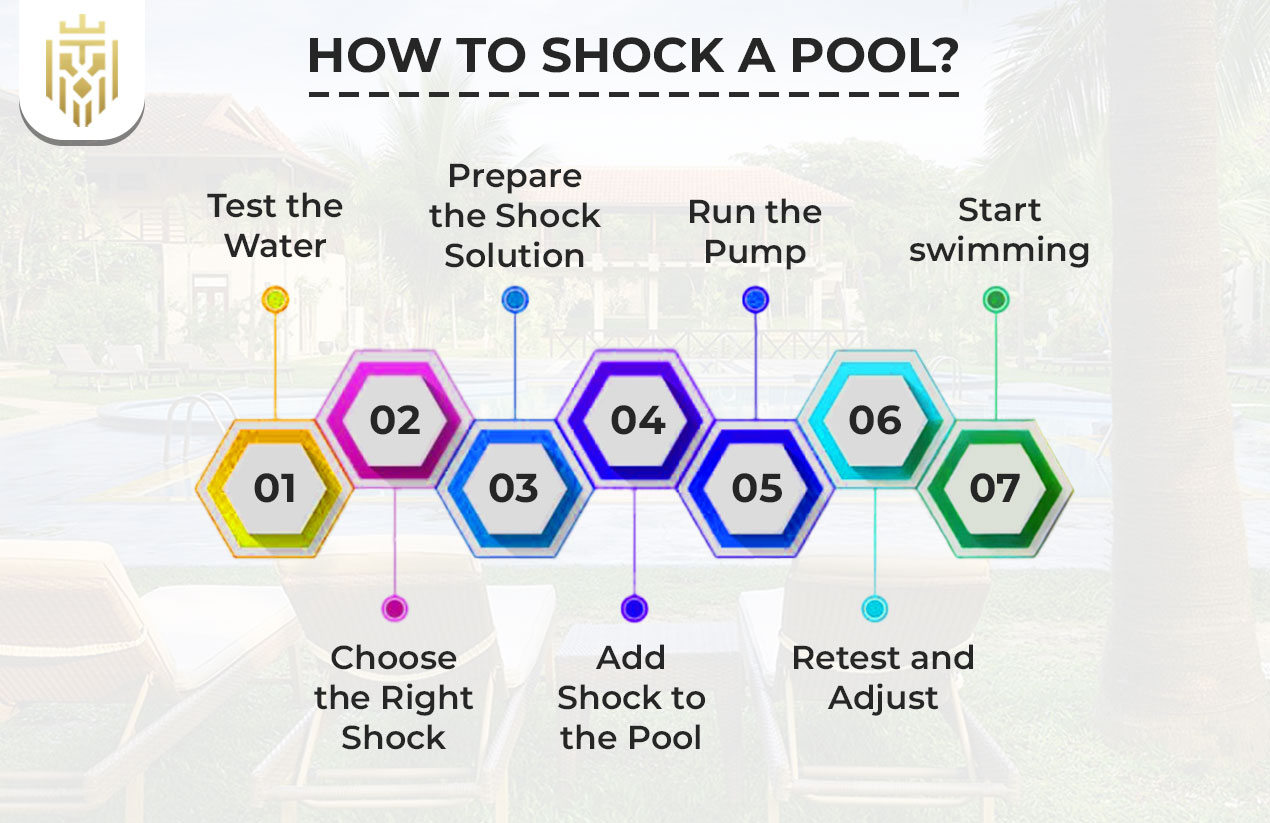
Shocking your pool is a step-by-step process that ensures the treatment is effective and safe. Following each stage carefully will help you achieve crystal-clear water and avoid common mistakes.
Test the Water
Check chlorine, pH, and alkalinity levels before shocking. This helps you check if the pool is ready for shock treatment. If the water is not properly balanced, the shock treatment will be less effective, and there may be later swimmer irritation.
Choose the Right Shock
For different pool issues, there are different pool shocks. Depending on whether you have scheduled maintenance or an algae outbreak to deal with, pick the product that best fits the situation. In case the pool is clouded, chlorine shock is the best option, while potassium monopersulfate is ideal for speedy maintenance.
Prepare the Shock Solution
To avoid damaging the liner or the pool surface, most shocks have to be dissolved in a bucket of water prior to being added to the pool. Therefore, shocks have to be prepared ahead of time. Additionally, stirring the solution helps smooth out the shocks and makes sure there are no undissolved granules that can settle.
Add Shock to the Pool
Gentle movements of the wrist are required while pouring the solution so it is evenly spread around the pool’s edges. Strong chemicals require good ventilation and protective gloves, which means both need to be provided. Perform this procedure in the evening; the chlorine and its effectiveness will be preserved.
Run the Pump
For the pool to be equally treated with the shock and for the pool to be free of bacteria and algae, the pump needs to run. For maximum effectiveness, the pump should run for an 8 to 12-hour stretch.
Retest and Adjust
Check the chlorine and pH levels by retesting after a few hours. If the levels are unsafe, take measures to adjust to safe swimming levels. Having test strips or a digital water tester makes this safer and easier.
Start swimming
The pool is safe for swimming only after the chlorine is brought to the recommended range. Test results should always be relied on before giving swimming permission. They protect swimmers from irritations, skin problems, and other discomforts from excess chlorine.
How to Shock a Green Pool?
When a pool has turned green due to algae, shocking requires a stronger and more focused approach. This process involves several steps to restore water clarity and prevent algae from returning.
Remove Debris from the Pool
Start by skimming off leaves, dirt, and any other trash you can see. By clearing the surface, you ensure that the shock treatment targets the algae directly instead of having to deal with other waste. This will also stop more organic matter from lying around and feeding the algae.
Brush the Pool Walls and Floor
Walls and floors are a lot easier for algae to stick to and a lot harder to get it off. Brushing makes the algae easier to treat and prepares it for the shock treatment. Make sure to check the corners, steps, and shaded areas for algae because they are algae growth hotspots.
Test and Adjust pH Levels
Keeping the pH level corrected means that the shock treatment works. If the pH is too low or too high, the treatment will not be effective. Before adding shock, the ideal pH level is 7.2–7.4.
Use a Stronger Chlorine Shock Dose
An algae-filled pool typically requires two to three times the normal amount of chlorine shock. This elevated dosage is necessary for the timely eradication of algae and the restoration of water balance. Do not be alarmed if the water seems cloudy right after this; it is a normal step in the cleansing procedure.
Pre-Dissolve and Add Shock
Using shock in its proper state will help avoid shock patches. Use slow movements around the edges of the pool to increase its coverage. Do not use shock in one heavy spot, as heavy shock can bleach pool liners.
Run the Pump Continuously
Operate the pump for continuous 24 hours to circulate ongoing treatment. Continuous movement will treat every part of the pool eliminating every trace of algae. Also, during this period, filter pressure may increase indicating that it works hard to capture dead algae.
Retest and Rebalance the Water
Retest the water after the removal of algae and retest the chlorine, alkalinity, and pH to rebalance the pool. All of these measures will protect the pool from a new algae outbreak and will retain its safety for swimmers. Also, the addition of algaecide after shock treatment will give added protection.
When Should You Shock Your Pool?

Regular pool shocking keeps water clean, but certain situations make it especially important. Knowing when to shock helps you stay ahead of problems and avoid costly clean-ups later.
After Heavy Pool Usage
Extended swimming or having a pool party with numerous attendees introduces additional contaminants. Protecting swimmers from bacteria and other waste requires the stunning of pool water to keep it clear and sanitarily maintained.
After Heavy Rain or Storms
Storms cause rainfall that rinses dirt, debris, and even certain bacteria into the pool. A short stunning of the pool after dealing with a storm assists in the restoration of the chemical balance. It also prevents the water from becoming either cloudy or green.
When You Notice Algae Growth
The appearance of algae growth indicates that the pool is due for shocking treatment. Such treatment enables the cessation of the growth and treatment of the water, making it safe for swimming once more.
When Chlorine Levels Drop
In the event of continual low chlorine levels, a shock pool treatment is the ideal method in which to reset the pool’s chemical levels for the pool. This treatment is vital in the treatment of bacteria and algae from the pool.
After Strong Odors
Chloramines are typically present when there is a noticeable chlorine smell. Stunning removes the chloramines and the strong smell, while still improving the water’s clarity.
At the Start and End of the Season
At the beginning of the season, shocking the pool eliminates any risk and makes the pool ready to be used. At the end of the season, shocking keeps algae at bay when the pool is closed, which makes reopening the pool much easier.
How Often Should You Shock Your Pool?
The frequency of shocking depends on how often the pool is used and environmental factors. In general, most pools should be shocked every one to two weeks. Pools exposed to frequent use, high heat, or storms may need more frequent treatments, while covered or lightly used pools can go longer between shocks.
FAQs
1) What is Pool Shocking?
Pool shocking means adding chlorine or other oxidizers in large quantities to get rid of bacteria, algae, and other debris. It is important and necessary if you want to maintain your pool water and keep it safe and clear.
2) How to Shock a Pool?
Proper shocking of the pool involves the steps of testing the pool water, properly preparing the shock pool water, adding it to the pool, running the pump, and retesting the water after the shock. All of the steps are necessary to ensure the pool water is safe for swimming.
3) What are the different Types of Pool Shock?
The main different pool shocks include calcium hypochlorite, sodium dichlor, potassium monopersulfate, and lithium hypochlorite. Each one offers different things, and selecting the right one truly depends on what your pool requires.
4) How Often Should You Shock Your Pool?
Depending on their specific conditions, most pools get shocked every one to two weeks. Such regularity helps maintain water quality and prevents future algae growth, so water clarity is achieved.
5) When Should You Shock Your Pool?
Shock your pool after heavy use, inclement weather, sudden algae growth, offensive odor detection, or at the start and end of the swimming season. These conditions either bring in a lot of contaminants or put the pool’s chemicals to a severe imbalance, requiring pool shock treatment.
6) How to shock a saltwater pool?
Saltwater pools require the same process, but ensure the shock used is compatible with salt systems. Using non-chlorine shock occasionally can also help reduce chlorine demand in these pools.
7) How to shock a green pool?
Clean debris, brush walls, adjust pH, use a strong shock dose, run the pump, and rebalance water levels. Patience is key, as it may take 24–48 hours for the pool to clear fully.

